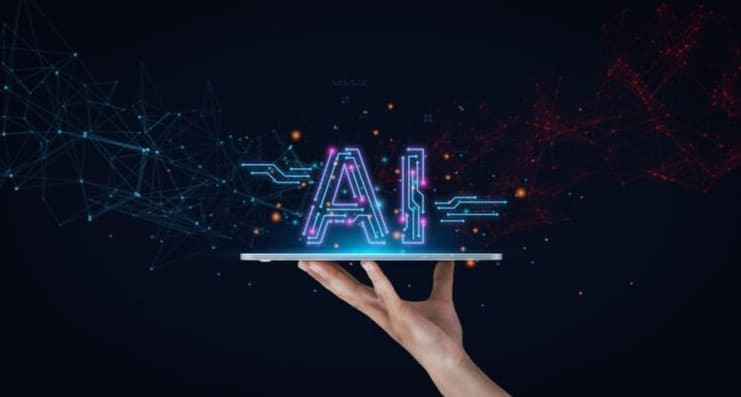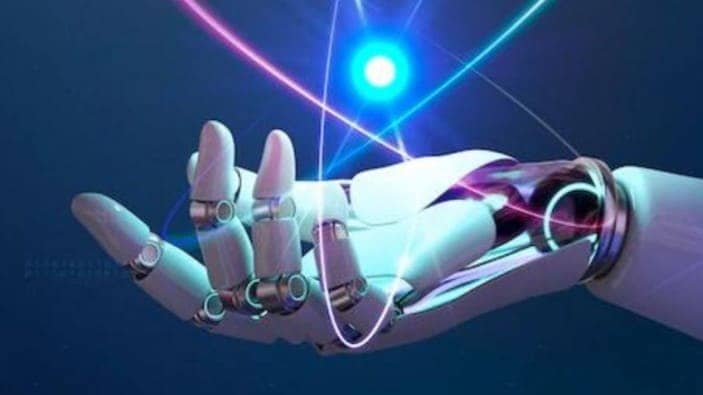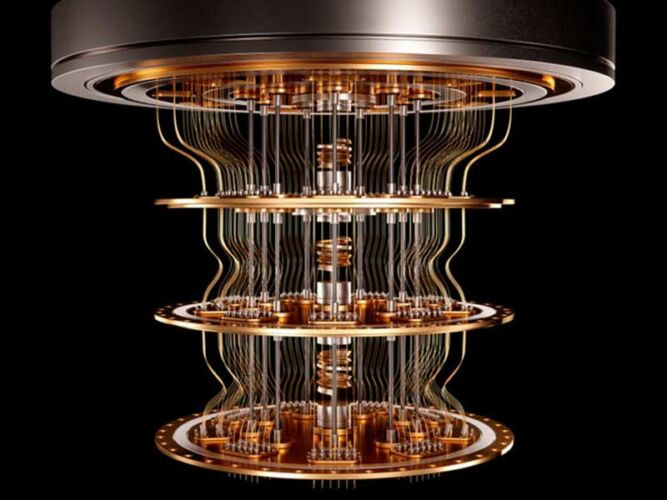Quantum computers calculate the probability of an object’s state before measuring it, rather than merely 1s or 0s, which means they have the capacity to process exponentially more data than conventional computers. Classical computers perform logical operations on a physical state’s determinate location. These are often binary, which means that their operations are dependent on one of two places. A bit is a single state, such as on or off, up or down, 1 or 0.
In quantum computing, operations instead employ an object’s quantum state to generate what is known as a qubit. These are the undefined qualities of an item before they are discovered, such as an electron’s spin or polarization of a photon.
Unmeasured quantum states, rather than having a distinct location, exist in a mixed’superposition,’ similar to a coin spinning through the air before landing in your hand. .These superpositions can get entangled with those of other things, implying that their eventual outcomes will be mathematically connected even though we don’t know what they are yet The intricate mathematics underlying these unsettled states of entangled’spinning coins’ may be input into unique algorithms to solve issues that would take a traditional computer a long time to solve… if they could ever calculate them at all. Such algorithms might be used to solve complicated mathematical problems, generate difficult-to-crack security passwords, or anticipate numerous particle interactions in chemical processes.
TYPES OF QUANTUM COMPUTING
IBM believes there are three types of quantum computers that are feasible. They vary from a quantum annealer to a universal quantum, as seen in the infographic above. D-Wave, a Canadian business, has successfully constructed the quantum annealer, although it is impossible to establish whether it has any true “quantumness” thus far. Google provided credence to this concept in December 2015, when it disclosed tests demonstrating that its D-Wave quantum computer solved certain, challenging tasks 3,600 times quicker than a supercomputer.
Experts, on the other hand, remain suspicious of these assertions. Such concerns also shed light on quantum annealers’ primary drawback, which is that they can only be constructed to handle extremely particular optimization problems and have restricted capabilities.
The holy grail of quantum computing is the universal quantum, which could allow for exponentially faster calculations with more generality. However, building such a device ends up posing a number of important technical challenges. Quantum particles turn out to be quite fickle, and the smallest interference from light or sound can create errors in the computing process.
The general solution for optimization problems is defined as quantum annealing. Researchers are still trying to figure out how to select the most effective setups from the many conceivable combinations of variables. Quantum annealing is currently regarded as the most limited and limited use of quantum computing.
- Analog Quantum Simulations
Analog quantum simulators aid in the solution of physics issues that are well above the capabilities of classical systems. Quantum simulators tackle some of the most difficult biology issues, such as protein folding simulation. Misfolded proteins, for example, have been linked to disorders such as Parkinson’s and Alzheimer’s. As a result, researchers will be able to examine whether medications may be employed for treatments using a random computer model.
Universal computing, hailed as the most powerful and widely utilised quantum computing method, is the most difficult to implement. Universal computing is reported to be capable of accessing more than 100,000 qubits, or 1M qubits. We can hardly access 129 qubits at the moment.
The purpose or main notion behind universal computing is to lead the machine in any difficult calculation circumstance while still obtaining the best and quickest result.
















